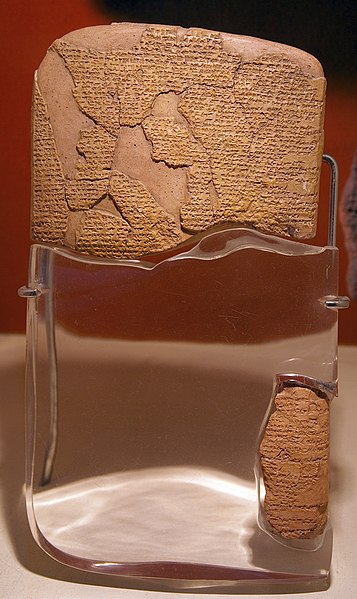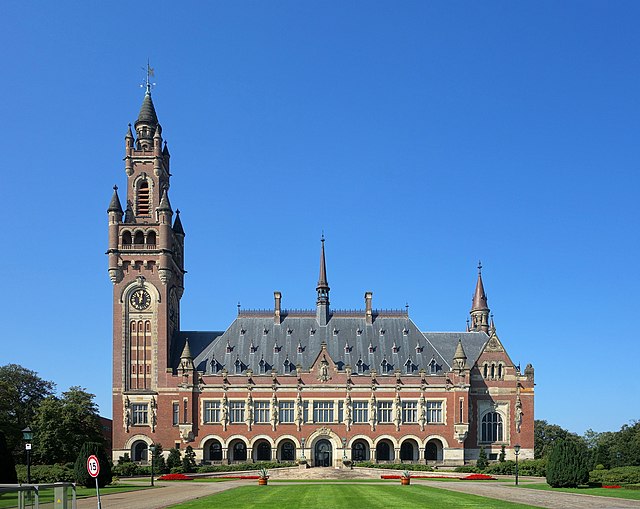Diplomatic recognition in international law is a unilateral declarative political act of a state that acknowledges an act or status of another state or government in control of a state. Recognition can be accorded either on a de facto or de jure basis. Partial recognition can occur if many sovereign states refuse to recognize an entity as a peer. Recognition can be a declaration to that effect by the recognizing government or may be implied from an act of recognition, such as entering into a treaty with the other state or making a state visit. Recognition may, but need not, have domestic and international legal consequences. If sufficient countries recognise a particular entity as a state, that state may have a right to membership in international organizations, while treaties may require all existing member countries unanimously agreeing to the admission of a new member.

Allegory of the recognition of the Empire of Brazil and its independence. The painting depicts British diplomat Sir Charles Stuart presenting his letter of credence to Emperor Pedro I of Brazil, who is flanked by his wife Maria Leopoldina, their daughter Maria da Glória (later Queen Maria II of Portugal), and other dignitaries. At right, a winged figure, representing History, carving the "great event" on a stone tablet.
International law is the set of rules, norms, and standards generally recognized as binding between states. It establishes norms for states across a broad range of domains, including war and diplomacy, economic relations, and human rights. International law differs from state-based domestic legal systems in that it is primarily, though not exclusively, applicable to states, rather than to individuals, and operates largely through consent, since there is no universally accepted authority to enforce it upon sovereign states. States may choose to not abide by international law, and even to breach a treaty but such violations, particularly of peremptory norms, can be met with disapproval by others and in some cases coercive action ranging from diplomatic and economic sanctions to war.
The Hittite version of the Treaty of Kadesh, among the earliest extant examples of an international agreement
A portrait of Dutch jurist Hugo Grotius
Justices of the International Court of Justice in 1979
The Peace Palace in the Hague, which houses the International Court of Justice





